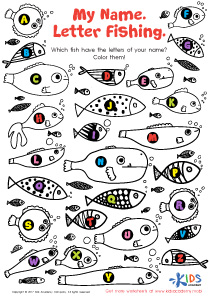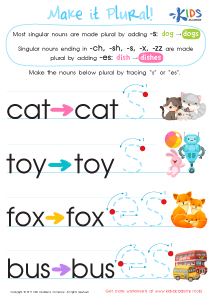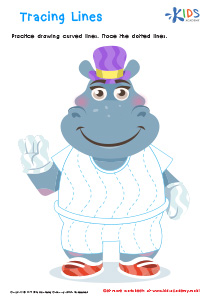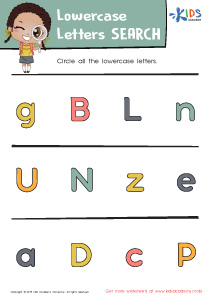Easy Upper & Lowercase Letters Worksheets for Ages 6-7
6 filtered results
-
From - To
Discover our "Easy Upper & Lowercase Letters Worksheets for Ages 6-7" designed to enhance your child's literacy skills! With fun and engaging exercises, these worksheets help young learners identify, match, and write both upper and lowercase letters. Perfect for early elementary students, these printables offer a variety of activities that make learning the alphabet enjoyable and effective. Our carefully crafted materials provide ample practice to reinforce letter recognition, promote fine motor skills, and improve handwriting. Give your child the tools they need to succeed in reading and writing with our comprehensive collection of alphabet worksheets!
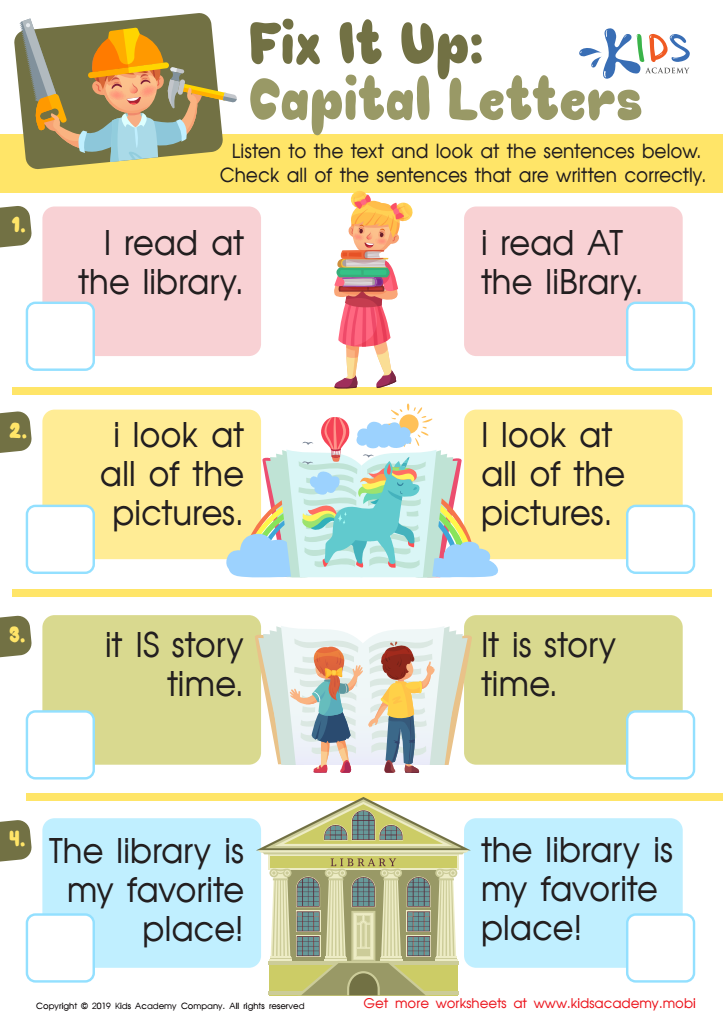

Fix Capital Letters Worksheet
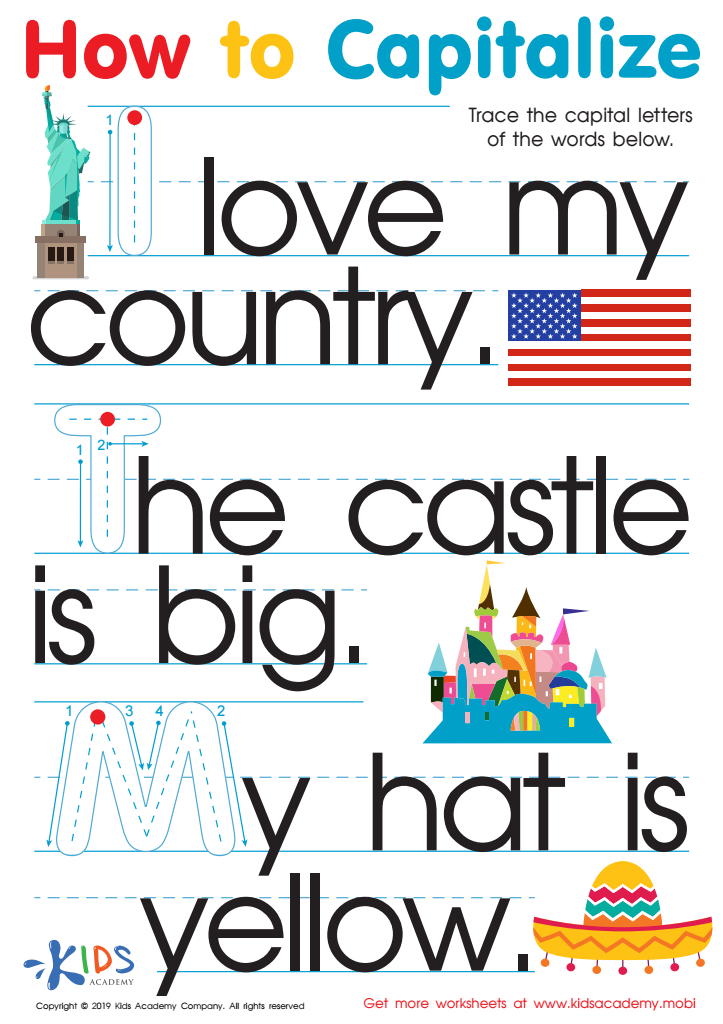

How to Capitalize Worksheet
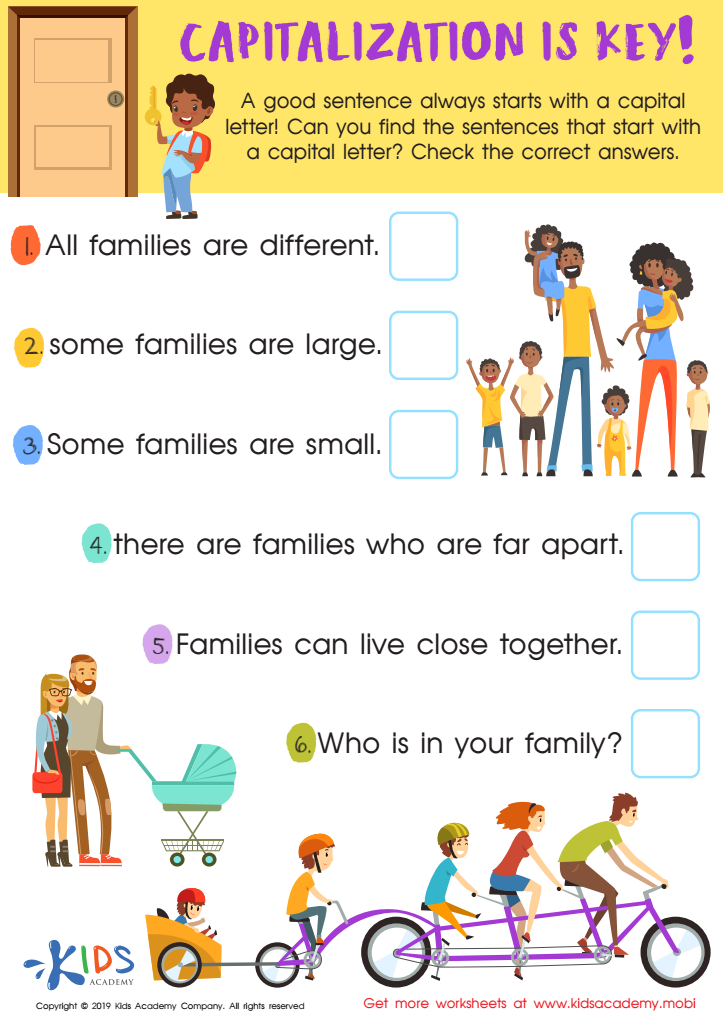

Capitalization Key Worksheet
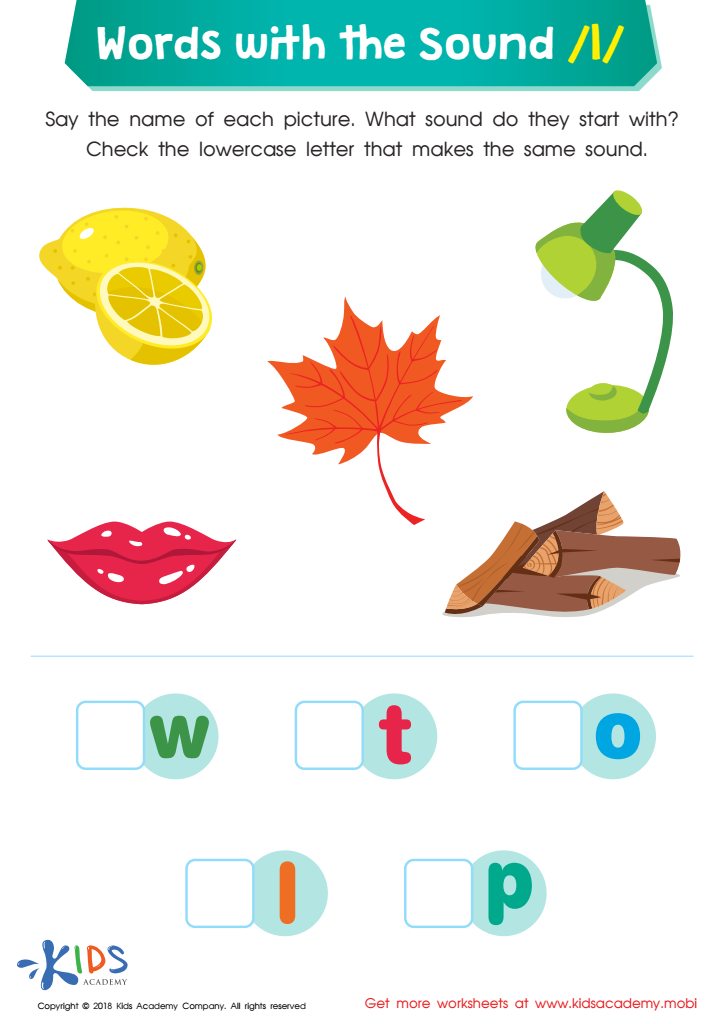

Words with Sound L Reading Worksheet
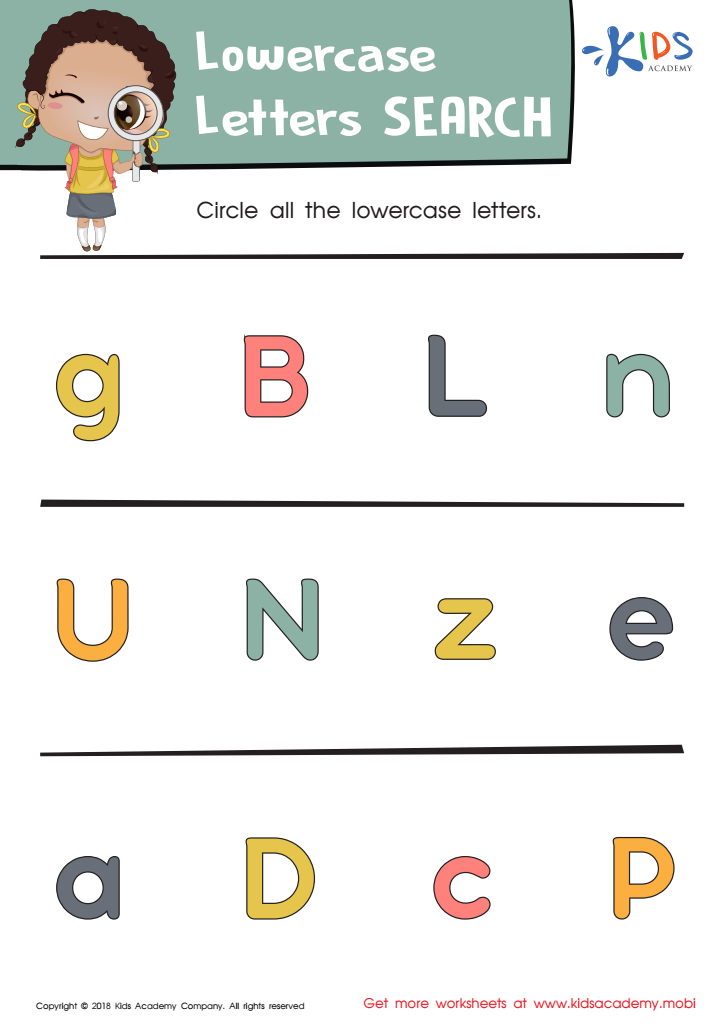

Lowercase Letters Search: Assessment Worksheet
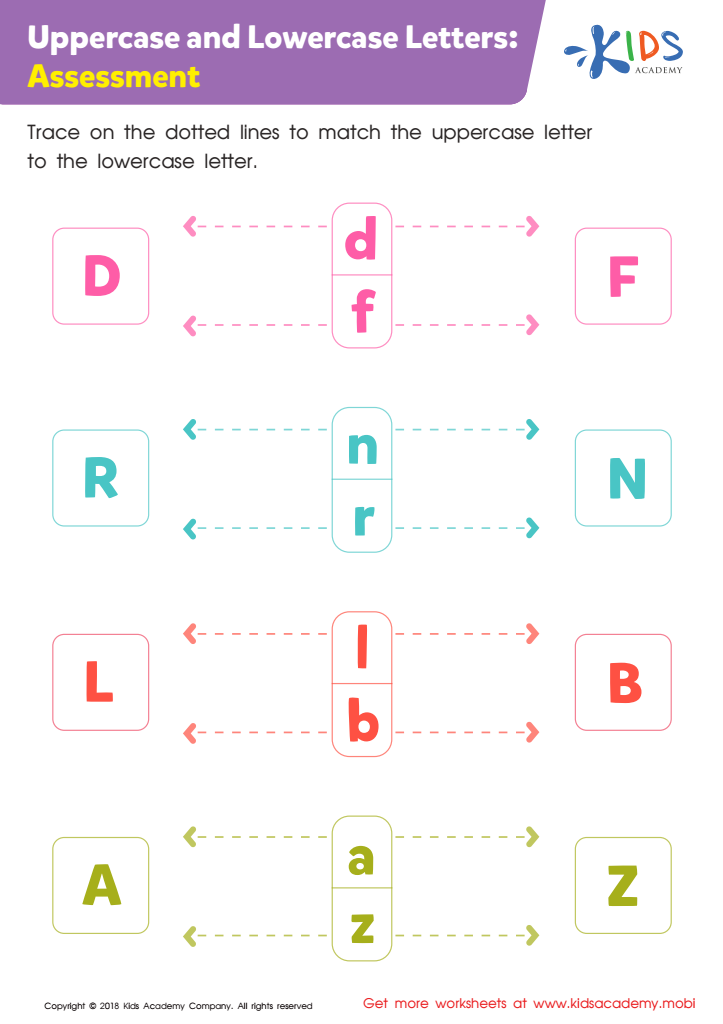

Uppercase and Lowercase Letters: Assessment Worksheet
Understanding and mastering Easy Upper & Lowercase Letters is foundational for children ages 6-7, bridging the critical transition from early childhood to more formal education. At this age, kids are developing essential literacy skills that will underpin their entire academic journey. Mastery of both upper and lowercase letters is crucial for several reasons.
First, it ensures clear, comprehensible communication. Children who can correctly and consistently use upper and lowercase letters produce readable writing, making it easier for others to understand their thoughts and ideas. Second, recognizing the difference between uppercase and lowercase letters helps with reading fluency. Books and other written materials use both forms, and familiarity speeds up the reading process, allowing children to focus on comprehension rather than decoding each character.
Additionally, developing fine motor skills is another key benefit. Practicing writing both upper and lowercase letters enhances hand-eye coordination and dexterity, skills that are beneficial across various tasks. Finally, early success in learning these skills boosts children's confidence. When children feel competent in their writing and reading abilities, they are more likely to enjoy learning and subsequently perform better across all subjects.
By prioritizing the practice and reinforcement of easy upper and lowercase letters, parents and teachers lay a strong foundation for a child’s future educational success.
 Assign to My Students
Assign to My Students






